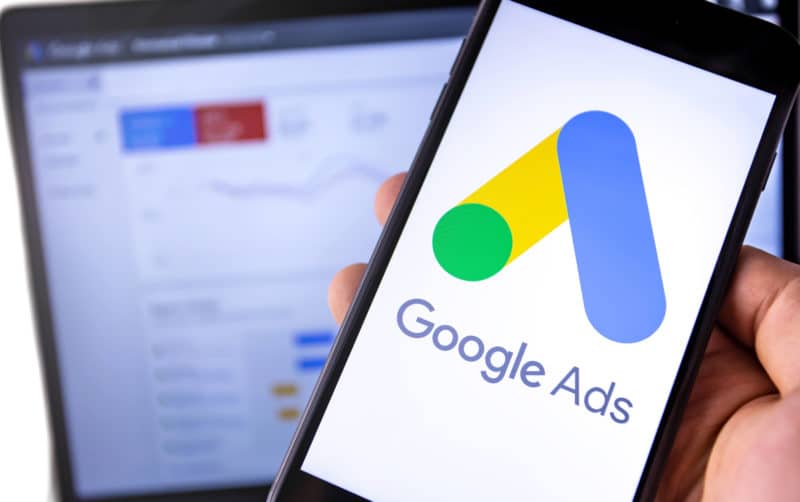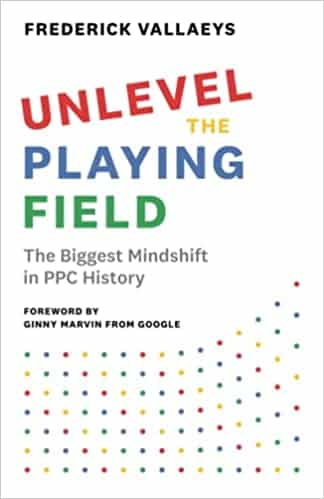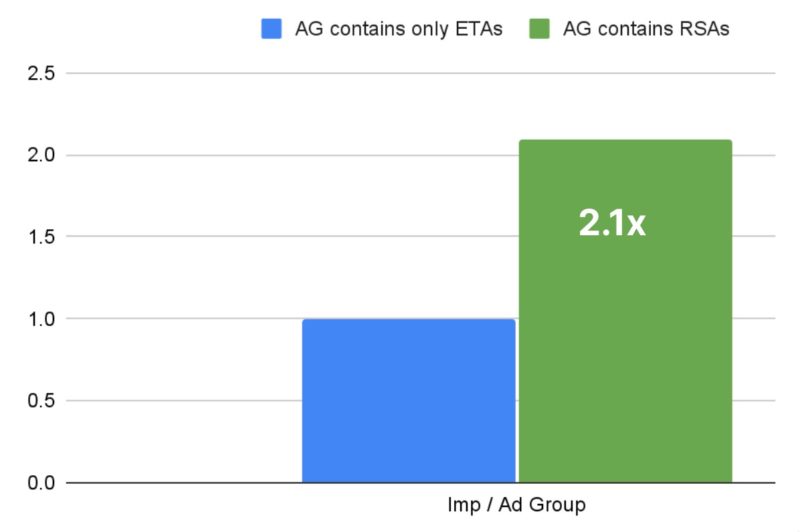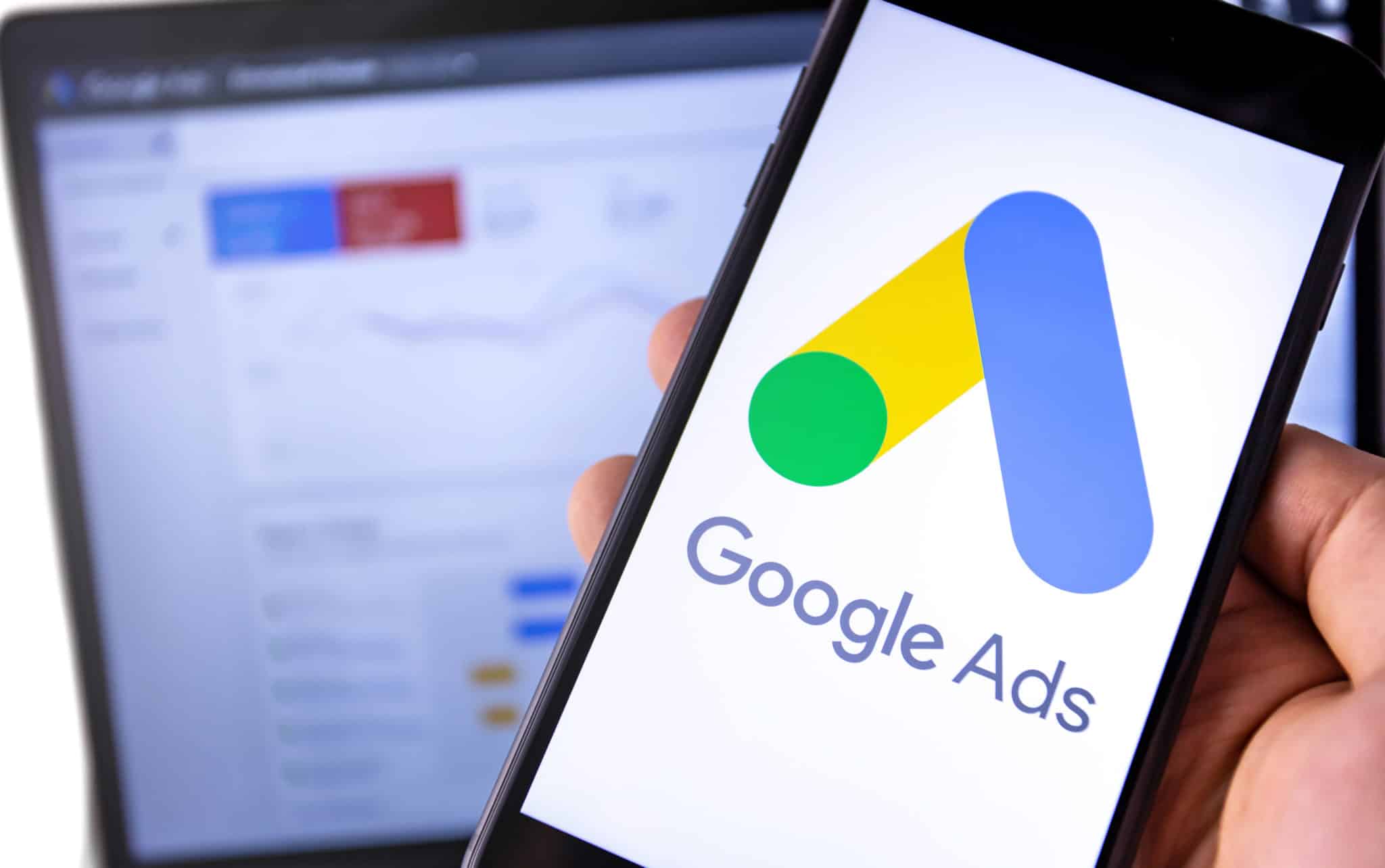Opinions expressed in this article are those of the sponsor. Search Engine Land neither confirms nor disputes any of the conclusions presented below.
How to control Performance Max campaigns
Learn some of the ways to optimize automated campaigns like Performance Max.

Performance Max campaigns from Google are causing quite the stir in the advertising world. It’s one of the fastest major launches we’ve seen, with the product going from general availability (Nov 2021) to forced migration (Sep 2022) in less than a year. Here we’ll share some of the tips we’ve gathered from talking to a lot of our customers and several PPC experts, including some Googlers in our PPC Town Hall episodes.
Control is shifting to the periphery of the ads system
Performance Max campaigns are one of the most automated campaign types available in Google Ads, and the lack of controls is one of the main causes for concern among advertisers.
But as our founder Fred Vallaeys described in his recent book, “Unlevel the Playing Field, the Biggest Mindshift in PPC History,” advertiser controls still exist in the era of automated PPC; they’ve just shifted to be more about the big picture and less about granular details. Think things like:
- Set correct targets that are related to business goals.
- Feed more timely and more detailed conversion information into the Google AI.
- Optimize the structured data and feeds that Google uses to generate creatives and match ads to queries.

Automation needs space to learn
Historically, a best practice in PPC was to exert total control over a campaign by using exact match keywords with tightly themed ad groups. In Performance Max, it’s rather difficult to emulate this strategy because there are neither keywords nor static ads. Instead, machine learning determines on the fly what queries could be relevant and then generates a dynamic ad for each.
So the knee-jerk reaction to Performance Max’s lack of control may be to seek ways to reign in the automation and make it behave more like what we’re used to from 20+ years of having close control.
But some advertisers, like Kasim Aslam, pointed out in a recent PPC town hall that giving the machine more room to experiment may not be such a bad thing. It’s like putting a flea in a small box. Fleas can jump eight inches, 150 times their body height. But if you put one in a box that’s one inch tall, it’ll learn never to jump higher than that, wasting its potential. Could it be the same with PPC automation?
Regardless of how tightly you control it, the machine will identify a slice of traffic where it’s comfortably producing the results you’ve asked for. When you eventually want more results and change some of the boundaries, it may prioritize continuing to operate in the space it already knows well because that’s where it has a higher degree of confidence in its predictions.
So there’s something to be said for allowing the machine some freedom to test and let it find users who will convert in some unexpected places to achieve the greatest possible incrementality.
Here’s a concrete example of machine learning doing a good job for advertisers when it’s not being constrained. When Optmyzr recently evaluated 170 million ads to see the impact of responsive search ads (RSAs) that have now replaced expanded text ads, it was clear that giving the machine more breathing room led to more conversions.
The main reason is that ad groups with RSAs got around twice as many impressions as ad groups without RSAs because the machine was able to make ads relevant for a significant new number of searches. And while the conversion rate was around 11% worse, the large increase in impressions more than made up for that.

Set expectations for how long it will take automation to learn
Besides the lack of ad control which it shares with RSAs, Performance Max exhibits a lot of other freedoms that can make it a nerve-racking proposition for advertisers to try:
- Works with ad assets rather than ads that are fully written out by advertisers.
- Operates with few keyword boundaries, much like Broad Match keywords would operate in a search campaign.
- Bids are automated and determined by advertiser goals rather than a restrictive max CPC.
Learning what works takes time for the machine, and it’s frustrating that human insight is relatively hard to add to the equation to help speed up the learning. To get the most out of Performance Max, it needs two weeks of relatively unencumbered time to experiment and learn.
Agencies and PPC managers need to ensure their clients are ready for this wait. Setting this expectation requires a bit of client re-education because the industry has long touted a key benefit of PPC to be the immediacy of results and the corresponding ability to do instant optimization. While you can still see clicks being reported in near-real time, making course corrections until the machine has had some time to experiment and learn may be the wrong move.
Make sure your clients know your plan for how long you will let the machines learn before you start optimizing.
Advertisers must expect to give the machine time and not interfere with constant tweaking of a campaign that is still learning. Optmyzr has some great tools to help advertisers make sense of experiments in Google.
Creative assets make or break your campaign
Optimizing targeting and bidding have historically been the most important elements of running a great PPC campaign. Sure, ads were important too. But if you had the best ad and showed it to the wrong audience or paid too much for it, you’d get poor results. On the other hand, though, a mediocre ad shown to the right audience at the right price could still do quite well.
But now, with Performance Max, advertisers choose neither keywords nor bids. So the creative all of a sudden has become a much more important optimization lever. And for many advertisers used to only writing text ads, the mere fact that they’re now asked for video ads too can be daunting.
The advice we’ve heard in conversation with our customers is that it’s more important to have fresh video ads rather than perfect ones. It’s much more like social media advertising, where ads regularly go stale and stop driving results.
So the advice we have here is not to overthink video ads. Shoot some quick ads on your phone, or repurpose any assets you might already have. Neither may look beautiful, but the machine has a way of getting audiences to start clicking on these ads. And once the prospect is on your site, all the hard work you’ve done over the years on your landing pages takes over, and those new prospects can become customers.
When it comes to optimizing text assets for ad formats like RSAs, Optmyzr can streamline that quite a bit by providing insights into which frequently used assets are performing well, as well as suggesting variations for new copy when your current ones aren’t delivering.
You have flexibility with structure
Another control you still have is related to campaign structure.
E-commerce advertisers can continue to use shopping campaigns for full control or migrate their Smart Shopping campaigns to Performance Max (this is also happening automatically). The same concepts for structure that have worked well in the past can continue to work.
For example, maintain different campaigns based on profit margins so you can set different target ROAS values to maximize overall company profits. Use custom labels in the feed to split products into different campaigns, asset groups or listing groups.
With more advanced structures like this, an important optimization step is ensuring the Google Ads account has the right products in the right places.
For advertisers with constantly changing inventories or large product catalogs, tools like Optmyzr’s Shopping Campaign Builder and Shopping Campaign Refresher can automate much of the tedious account structure maintenance that ultimately contributes to the success of Performance Max.
A few final controls
Here are a few more ways that advertisers can still exert control over Performance Max campaigns:
Marketing objectives and goals
Make sure you’re feeding Google the best possible version of what your conversion really is. Set Conversion Value Rules to better represent your conversion values, or use offline conversion imports for even more precise data.
Campaign budgets
You can still allocate budgets to campaigns. Whether that means shifting budget from one Performance Max campaign to another, shifting budgets between Performance Max and a search or shopping campaign — or even shifting budgets between different platforms — there are many ways to ensure you get the most for your money with budget optimizations, many of which are easy to do in Optmyzr.
Geo-targeting
With automated bidding, you should be able to get conversions at the right price, even in locations that traditionally underperform. And while geo bid adjustments don’t work with Smart Bidding, you can still create different campaigns for different regions so that each can have better ROAS or CPA targets and creative assets that resonate more in each region.
Feeds
Feed optimization is a great example of managing PPC at a “big picture” level. Even in “old-school” shopping campaigns, there are no keywords. But the words you use to describe the products in a merchant feed will still impact what queries Google shows your ads for. So feed management is an important optimization technique, and Optmyzr has a beta for its clients who want help optimizing their feed-based data.
Audiences
The original form of targeting in PPC was through keywords, but audiences have continued to take on more importance for targeting. Specifying existing audiences helps Google target new audiences (those not on the list of existing audiences). Or adding audiences you find important to campaigns like Performance Max can help it deliver better results.
Account negatives
Performance Max campaigns respect negative keywords so long as you’re able to input them into the system. So ask an account rep’s help to upload negative keywords at the campaign level. And use tools like Optmyzr to set account-level negative placements that can help save thousands of dollars in wasted spend on apps and sites that bait users into clicking on ads and have a low probability of driving good conversions.
Conclusion
The introduction of Performance Max has changed how PPC advertisers manage the campaigns that drive conversions for their companies and clients. And while a lot of the management has shifted to the periphery of the system, there are still many things (like we shared here) that advertisers can do to continue to prove their value in the digital marketing space. If you’d like to test out some of Optmyzr’s capabilities and opt in to some of our more exciting betas, start a free trial or get in touch with our support team by writing to [email protected]
New on Search Engine Land
Google helpful content update is now rolling out
5 questions to evaluate any SEO training course
How to control Performance Max campaigns
Implementing an internal linking module: Should you build it or buy it?
How to audit your Google Ads account like a pro







